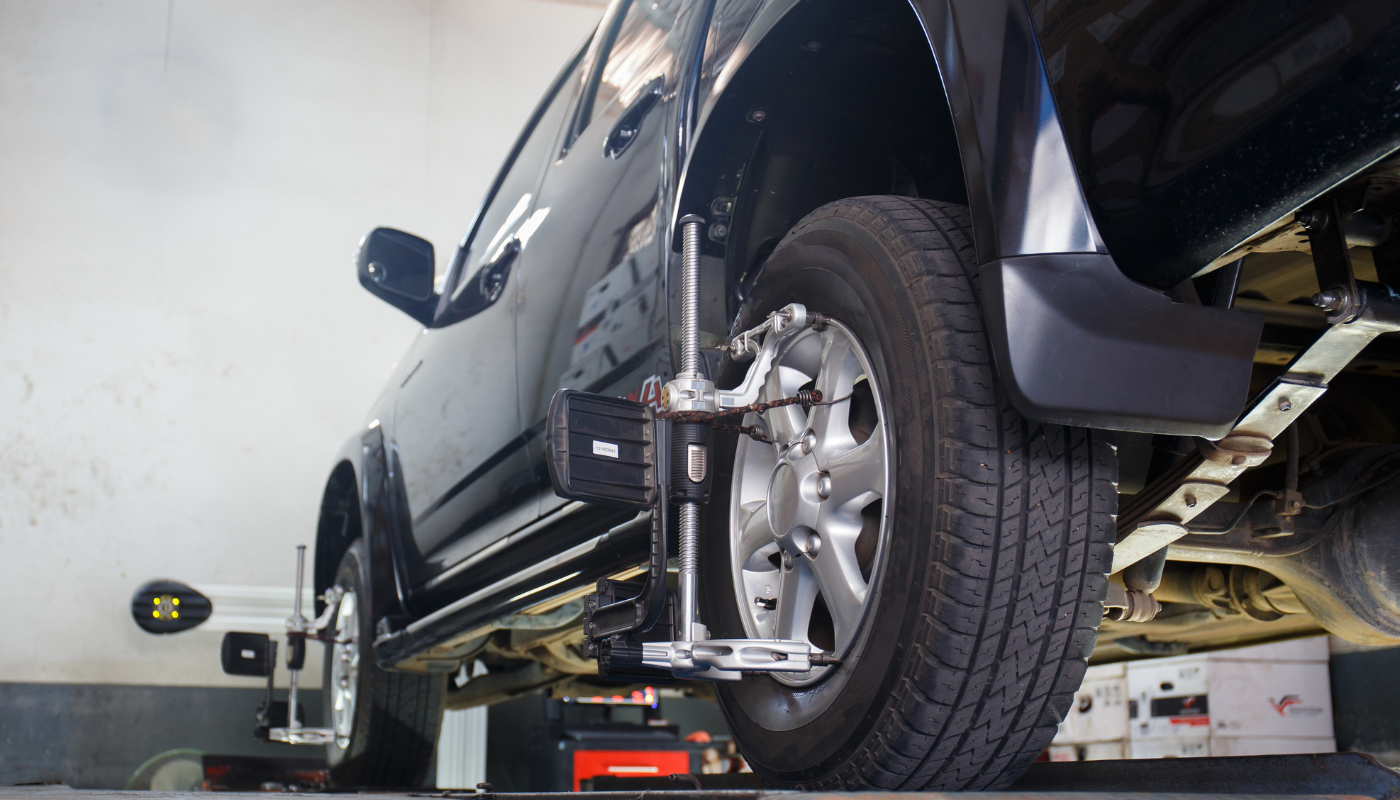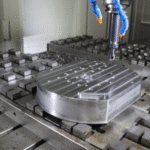You notice the scrape the moment you back out of the driveway — a fresh line of curb rash around your alloy wheel. It’s ugly, and it makes your car look tired. Your first thought: “I can fix that myself.” Your second thought: “Or should I call wheel rim repair services?” This guide walks through the real differences between DIY and professional repair, the risks and rewards of each, and a practical decision path so you choose what’s right for your car, budget, and peace of mind.
Why this choice matters
Wheels are more than decoration. They keep your car balanced, affect steering and braking, and in modern vehicles they often house sensors and TPMS hardware. A poor repair can create vibration, uneven tire wear, or — in the worst cases — a safety hazard. That’s why the choice between DIY fixes and trusted, professional wheel rim repair services deserves careful thought.
Common wheel problems and how they’re classified
- Cosmetic curb rash — scratches and scuffs along the rim edge. Mostly looks-related but can lead to corrosion if left untreated.
- Minor bends — small deformations from hitting a curb or pothole; these can cause vibration.
- Cracks — structural damage that often requires welding or full replacement.
- Corrosion and pitting — typically from salt or chemicals; affects both appearance and metal integrity.
- TPMS and mounting damage — sometimes happens when a wheel is improperly removed or refitted.
Cosmetic blemishes are the most common issues owners attempt themselves. Structural problems and TPMS damage are the ones that usually push people toward professional repair services.
DIY wheel repair: what it covers, and what it doesn’t
DIY is appealing because it’s affordable and immediate. For the right jobs, it can be perfectly acceptable. Typical DIY tasks include:
- Cleaning and sanding curb rash — sanding down rough edges, filling minor gouges with a metal filler, and repainting.
- Touch-up paint or clear-coat — restoring finish to prevent corrosion.
- Polishing and buffing — removing light oxidation and restoring shine.
Pros of DIY:
- Lower out-of-pocket cost if you already have tools.
- Fast turnaround — you can do it on a weekend.
- A user-friendly learning curve for small cosmetic tasks.
Cons and limits:
- Tool and material quality matters. Cheap fillers or paints won’t last and can make the wheel look worse.
- Hidden damage risk. What looks cosmetic can mask hairline cracks or bends that worsen over time.
- No warranty or liability protection. If a DIY repair fails, you’re on your own.
- Potential for safety issues. Improper balancing or mismatched finishes can create vibration and handling problems.
If the damage is purely cosmetic and you’re comfortable with hand tools, DIY can be a cost-effective route. If you suspect structural damage — or if your wheel is a high-performance, low-profile design — professional work is generally the better, more reliable choice.
What professional wheel rim repair services offer
A reputable shop brings equipment, materials, and certified experience you probably don’t have at home:
- Precision straightening with hydraulic machines that restore true roundness and alignment.
- Certified welding for repairable alloy cracks, followed by strength testing.
- Industrial refinishing using powder coating or factory-matched paints for a top-rated finish.
- Rebalancing and alignment checks to restore vibration-free driving.
- Warranty and proven results — many shops offer a guarantee on structural repairs and refinishes.
Pros of professional repair:
- Long-lasting, industry-leading results that look and perform like new.
- Peace of mind — certified structural repairs reduce liability.
- Time-saving and often more cost-effective when you factor in tool purchases and trial-and-error.
- Scalability — pros can handle anything from a single rim to a fleet of wheels.
Cons:
- Higher immediate cost compared with the cheapest DIY attempts.
- Turnaround time can vary depending on shop backlog and repair complexity.
Cost comparison — realistic expectations
DIY kits and a weekend of work might cost $30–$150 depending on the tools and materials you buy. A professional cosmetic repair typically ranges from $75–$250 per wheel, while structural straightening and welding can run $150–$500 or more depending on severity and finish. Those numbers vary by region and shop quality, but generally a professional service becomes more cost-effective as damage complexity increases.
Quality and safety — why it’s not just about looks
A well-executed professional repair restores both appearance and performance. Amateur repairs that ignore wheel balance, fail to correct bends, or use inappropriate fillers can introduce vibration and uneven tire wear. With TPMS sensors and modern safety systems built into many wheels, a trusted, well-experienced shop is often the only safe bet for complicated or safety-critical repairs.
Real-world case study
A local commuter scraped two wheels against a low curb while parking. The owner attempted a DIY fix: aggressive sanding, inexpensive filler, and aftermarket spray paint. The results looked okay at first, but within a month the paint bubbled and corrosion started at the repairs. The driver then took both wheels to a reputable wheel rim repair services shop. The professionals discovered a slight bend that had never been corrected, re-straightened the rims, welded and sanded stress fractures, and refinished both wheels with powder coating. The total cost was higher than the DIY kit but the final result was durable, balanced, and warranted. The owner saved money in the long run — no repeat repairs, no vibration, and no accelerated tire wear.
That case highlights a common pattern: a quick DIY job can create recurring expenses and compromise safety, while professional work delivers a proven, long-lasting outcome.
How to choose between DIY and professional repair — a practical checklist
Choose DIY when:
- Damage is clearly superficial (minor curb rash only).
- You’re confident with basic tools and the fix is purely cosmetic.
- You accept the risk of repaint needing redo and no warranty.
Choose professional services when:
- There is any sign of a bend, crack, or structural compromise.
- The wheel is part of a high-performance setup or an expensive OEM finish.
- You need a certified repair, a warranty, or a results-driven solution that lasts.
- TPMS or mounting hardware may be affected.
Picking the right wheel rim repair services
When hiring pros, evaluate:
- Experience and reviews — look for a history of reliable, top-rated repairs.
- Equipment — hydraulic straighteners, TIG welding, and industrial finishing are signs of cutting-edge capability.
- Warranty — a written guarantee on structural work and finishes shows confidence.
- Transparency — clear pricing and a diagnostic report before repair.
- Certifications — industry or manufacturer affiliations indicate well-experienced technicians.
Final recommendation
For simple cosmetic blemishes, a careful DIY approach can be affordable and satisfying. For anything beyond that — bends, cracks, TPMS concerns, or wheels with high-performance finishes — wheel rim repair services from a trusted professional are usually the best option. Companies like Premier Color and Wheels specialize in delivering reliable, high-quality repairs that restore both safety and style. The cost difference often reflects real value: enhanced performance, longer-lasting results, and a like-new finish that won’t come back to haunt you.


